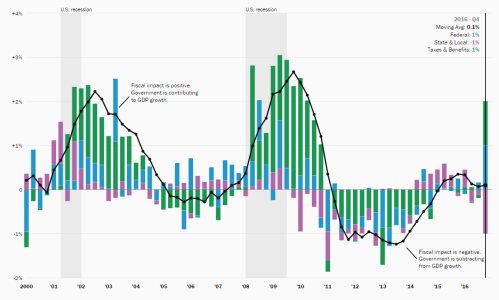INTRODUCTION
The government has embarked on “stress tests” of the financial health of the 19 largest banks to determine whether they have adequate capital to withstand an even worse recession than is expected. The testing, along with recent events at Citigroup, has spurred an extended discussion of what “capital” is and how much banks need to have.
In this key component of the Financial Stability Plan, the administration is right on virtually all counts. It is right to insist on comprehensive, uniform stress tests to measure the effect on banks of a considerably more severe recession than expected. It would not be helpful, as some have suggested, to move to a test of still more extreme conditions. That kind of test would create unreasonable pressure to take actions, such as sweeping nationalizations, that are quite unlikely to be necessary.
It is right to insist that the banks temporarily carry additional capital sufficient to handle this stress case, since a large audience needs reassurance that the banking system can handle the worst. It is right to focus primarily on raising this cushion through additional Tier 1 capital, which includes a fairly wide range of capital instruments. The government should focus on protecting depositors, customers, and trading counterparties of the banks, all of whom would benefit fully from the protection of Tier 1 capital.
At the same time, as is rumored to be part of the plan, it would also be right to insist that enough of this capital be in the form of common stock, the purest form of capital, in order to reassure the stock market. This crisis has demonstrated how a sharp fall in a bank’s stock price can spook many constituencies of the bank, creating wider problems. However, that should not mean requiring an excessively high proportion of common stock in the capital structure. Beyond a certain point, federal purchases of common stock reduce the value for existing stockholders while simultaneously transferring too much risk to taxpayers.
Lest this litany of approval sound like a partisan position, the author would note again his serious concerns about another aspect of the overall plan, the “public/private partnership.” (Please see his other papers »)
This paper explains the following topics:
- What is “capital” at a bank?
- Why are there different definitions? When is each appropriate?
- How has the government injected capital into banks?
- Why don’t banks hold more capital?
- How much capital do banks need?
- How will the stress tests work?
- What capital will need to be raised as a result of the stress tests?



